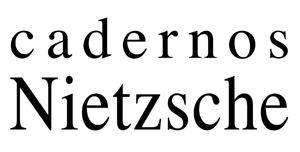Abstract:
In this paper I will point out and analyze an ambiguity in the notion of “justification” in Nietzsche's first book: The Birth of Tragedy. This ambiguity concerns the psychological and metaphysical element that allows the world to appear as justified through the process of transfiguration, the act of redemption, and the state of metaphysical solace, which come about either by the discharge of the sufferings of the “Primordial-One” into sublimating appearances and images (which occurs by the effect of the Apollonian Drive), or by the return to the maternal heart of nature through the tearing-apart of the principle of individuation (which occurs by the effect of the Dionysian). An analysis of different passages in which the terms “justification”, “redemption” and “metaphysical solace” appear in the text will allow us to see that, in confrontation with Schopenhauer's pessimism, Nietzsche elaborates two distinct conceptions of aesthetic justification of existence, linked to a teleological interpretation of nature that admits a specific telos for each of its fundamental drives.
Keywords:
justification; redemption; metaphysical solace; appearance; primordial-one
